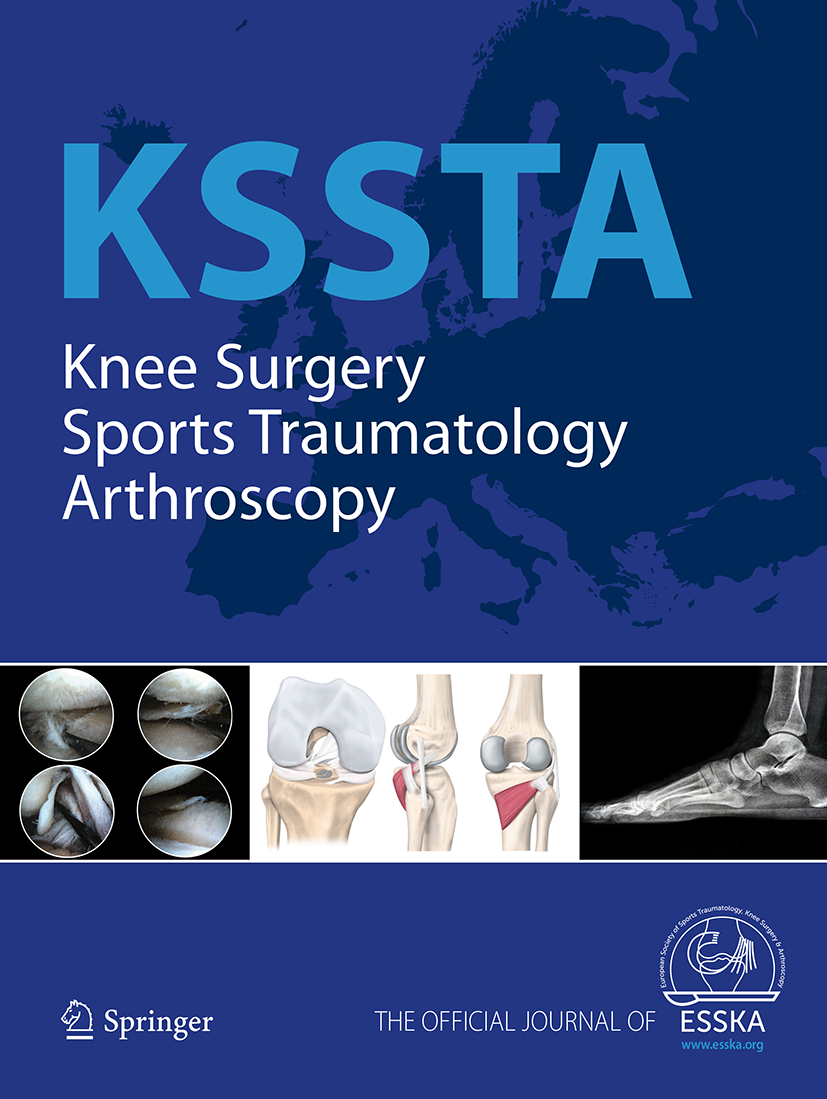
Imageless Handheld Robotic System Compared to Conventional Instrumentation for TKA

Imageless Handheld Robotic System Compared to Conventional Instrumentation for TKA
Improved accuracy of implant placement with an imageless handheld robotic system compared to conventional instrumentation in patients undergoing total knee arthroplasty: a prospective randomized controlled trial using CT-based assessment of radiological o
Knee Surg Sports Traumatol Arthrosc . 2023 Dec;31(12):5446-5452.Did you know you're eligible to earn 0.5 CME credits for reading this report? Click Here
Synopsis
Fifty-two patients with knee osteoarthritis were randomized to receive either a conventional total knee arthroplasty (CTKA; n=26) or an imageless handheld robotic-assisted total knee arthroplasty (RATKA; n=26). The primary outcome of interest was the accuracy of the achieved hip-knee-ankle (HKA) axis alignment postoperatively. Secondary outcomes included the accuracy of femoral component varus, fe...
To view the full content, login to your account,
or start your 30-day FREE Trial today.
FREE TRIAL
LOGIN
Forgot Password?
Explore some of our unlocked ACE Reports below!

Learn about our AI Driven
High Impact Search Feature
Our AI driven High Impact metric calculates the impact an article will have by considering both the publishing journal and the content of the article itself. Built using the latest advances in natural language processing, OE High Impact predicts an article’s future number of citations better than impact factor alone.
Continue



 LOGIN
LOGIN

Join the Conversation
Please Login or Join to leave comments.